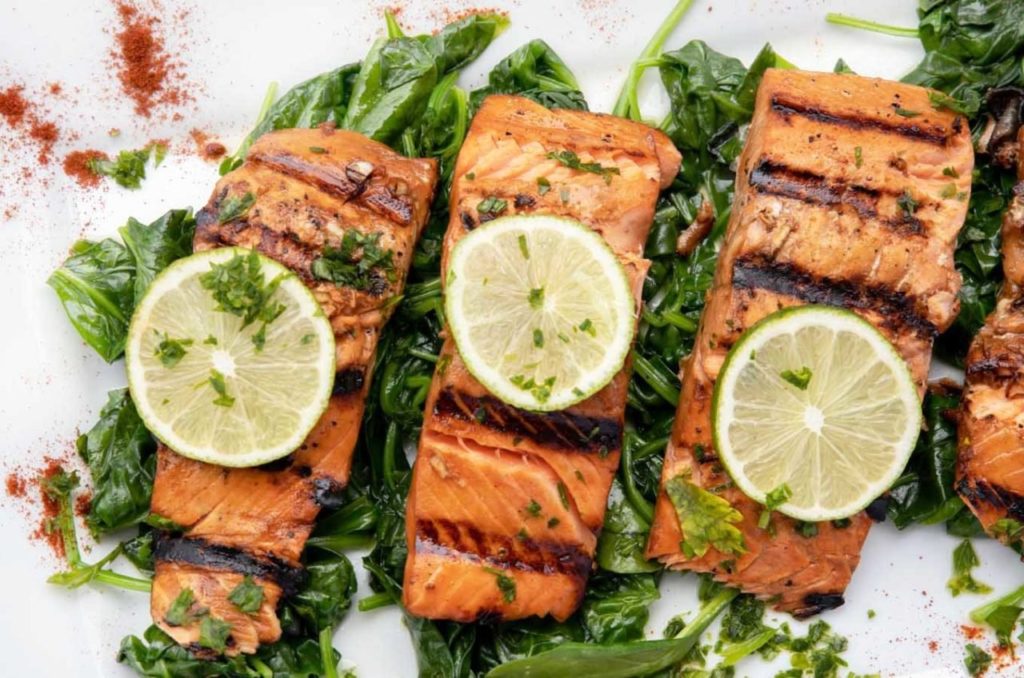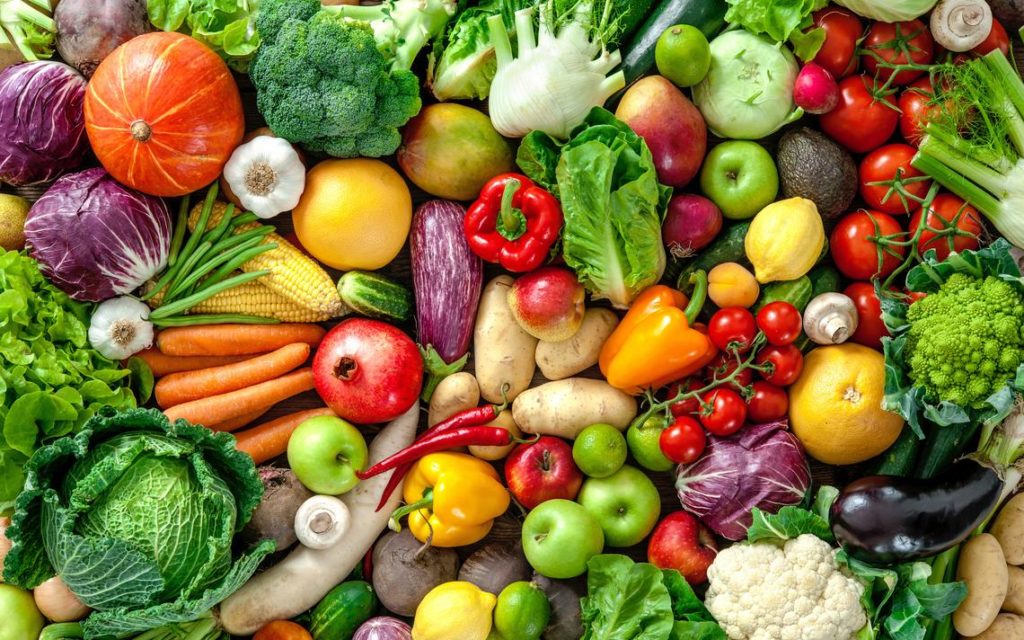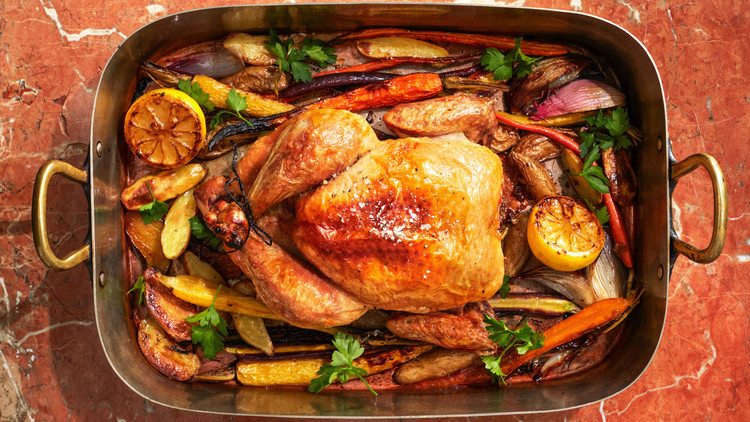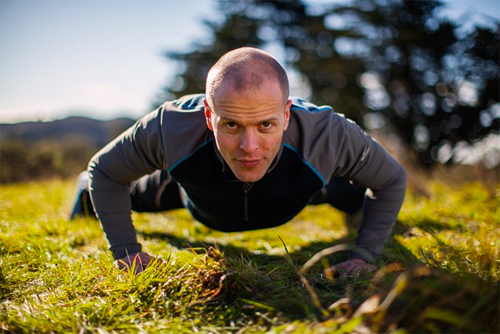In the New York Times Best-selling book, “The 4-Hour Workweek,” Tim Ferriss introduced the world to ways you can whittle your grueling workweek down to a mere four hours. Now Ferris wants you to know that it’s possible to whittle away body fat, as well using the Slow-Carb Diet that is featured in his book, “The 4-Hour Body.”
What is the Slow-Carb Diet?

The Slow-Carb Diet is a rapid weight loss plan. Tim Ferriss claims people can lose 20 pounds of body fat in 30 days without exercise using the program. Ferriss describes in “The 4-Hour Workweek: Slow-Carb I” how he effortlessly lost 25 pounds using the plan. He assures his readers that they can do the same by using five slow-carb diet rules outlined in the book.
The five slow-carb diet rules are easily incorporated into your lifestyle because they are built on a concept known as the minimum effective dose principle or MED for short. MED was first made famous by fitness expert Arthur Jones and involved finding the smallest dose required to produce the best outcome.
Anything less than MED will not work, and you’ll end up spinning your wheels. In other words, MED means that you get maximum results by performing the minimum amount of work.
The Slow-Carb Diet utilizes the MED concept in its five slow-carb diet rules, and they are geared to help your body optimally burn fat and shed pounds. For six consecutive days, you eat from slow-carb diet food list (the minimum). During this time, you should limit meals to four a day and cut out refined carbs and fruit. You don’t want to drink your calories, either, so avoid drinking those that are high in them.
The seventh day is a cheat day, and you can eat whatever you want. Tim Ferriss even joked in the book about how he had a bountiful pepperoni and sausage pizza for breakfast on the seventh day and still lost weight.
Related: Tim Ferriss Supplements: The Complete Guide
Slow-Carb Diet vs. the Keto Diet

The Slow-Carb Diet is a rapid weight loss method that Tim Ferriss says is the only one besides the extreme Cyclical Keto Diet that blasted stubborn body fat from his waist. The method incorporates five food types: protein, vegetables, legumes, fats and some spices. Each meal consists of as much as you want of the first three types, plus fewer amounts of the last two.
The plan is similar to a Ketogenic Diet in some ways. For instance, both involve eating protein and limiting carbs to boost weight loss. However, the main difference is that the Slow-Carb Diet does not throw your body into ketosis as a method of weight loss the same way as the Ketogenic Diet does.
Related: How Tim Ferriss Tripled His Testosterone
Five Slow-Carb Diet Rules

Five fundamental rules dictate how to use the Slow-Carb Diet. Tim Ferris assures us if we follow the five slow-carb diet rules to the letter, we can’t go wrong.
Rule #1: “White” Carbohydrates Are Prohibited – You need to abstain from white carbohydrates that are or can be turned white during the first six days of restriction. White carbs are highly refined and processed and are designed to make you fatter. Prohibited foods to stay away from include bread, white and brown rice, cereal, pasta, potatoes and breaded fried foods.
There is an exception to Rule #1, however. You can eat white carbs within 30 minutes of finishing the strength training that’s described in the Occam’s Protocol or Geek to Freak workouts introduced in the “The 4-Hour Body.” Also, a discussion by Ferris on the subject indicates that low-glycemic index carbs such as quinoa can be enjoyed instead of white carbohydrates during Geek to Freak strength-training workouts.
Rule #2: Repeat Select Meals Again and Again – There is a wide array of foods available out there, but according to the author there are only a few of them that won’t cause you to pack on pounds. The premise of Rule #2 is to mix and match food from this select group to make meal plans and repeat these meals over and over again during the six days they are allowed.
You can eat as much as you like of specific proteins, legumes and vegetables included in this select group. The Slow-Carb Diet suggests simply picking three or four of the select meals from the slow-carb diet food list and then repeat them. One key point to remember when you are putting the meals together is to keep it simple.
Rule #3: No-Calorie Drinks Are the New Norm – You can get a phenomenal amount of calories based on the beverage of choice you choose. If your go-to drink is loaded with them, you’ll most likely gain weight. Rule #3 expands on that concept and suggests moving away from guzzling beverages with empty calories if you want weight loss success.
Ferris recommends drinking lots of water throughout the day. He adds that you can have as many no-calorie/low-calorie drinks as you like but to limit diet soft drinks to less than 16 ounces a day. The reason for abstaining from them is that some artificial sweeteners are linked to weight gain. Milk, including soymilk, is off-limits, but two glasses of red wine a day are allowed on the Slow-Carb Diet.
Rule #4: Wave Goodbye to Fruit – Although fruit is part of a healthy diet, avoiding it during the restricted six days per week is the best policy, says Ferriss. That’s because the sugar found in fruit delays weight loss by decreasing your fat burning capacity and increasing the levels of fat in your blood.
The only exception to Rule #4 is tomatoes and avocados, the latter of which you should eat in moderation. Aim for no more than one meal per day or one cup, says Ferriss.
Rule #5: You’re Allowed One Cheat Day a Week – After you get through the sixth day of restriction, the Slow-Carb Diet allows you to have a cheat day where you can eat whatever you want to without the repercussions of having the pounds pile back on. You don’t count calories on the cheat day or any of them, for that matter.
Ferriss recommends making Saturday the cheat day. That is the day he suggests you treat yourself to candy bars, chips and more gluttonous fare. In practice, he says you can choose any day of the week for a cheat day. Ferriss also recommends starting the diet at least five days before the cheat day of your choosing. So, if you choose Saturday as he did, it is suggested that you start your diet on Monday.
Tim Ferriss wrote the following about why Rule #5 works:
“Paradoxically, dramatically spiking caloric intake in this way once a week increases fat loss by ensuring that your metabolic rate doesn’t downshift from extended caloric restriction.”
Related: Inside Tim Ferriss’ Morning Routine
Should I Take Any Supplements?

Considering the fact that the Slow-Carb Diet could cause a loss of excess water, it’s recommended that you replenish lost electrolytes daily with Calcium (1,000 mg) and Magnesium, 400 mg daily, and 500 mg at night to sleep better. It’s also recommended that you supplement with 99 mg of Potassium at every meal. I recommend picking up this Calcium and Magnesium supplement by NOW Supplements off Amazon.
If you prefer to get your electrolytes through whole foods, the author lists some slow-carb options you can use as part of the diet. For instance, when it comes to Potassium, you can find it in halibut and lima beans. For Magnesium, you can get it by eating almonds and pine nuts. Lastly, you can get Calcium from tofu and spinach. It’s not critical for the Slow-Carb Diet, but Ferriss takes Athletic Greens daily for overall health.
In order to maximize fat-loss on the Slow-Carb Diet, Ferriss recommends taking the following supplements known as the PAGG Stack:
Policosanol (Nature’s Life Policosanol): 20-25 mg
Alpha-lipoic acid (Vitamin Shoppe ALA 100mg) : 100-300 mg (Tim will take 300 mg with each meal, but he does not recommend this if you have acid reflux issues)
Green tea flavanols – decaffeinated with at least 325 mg EGGG (Mega Green Tea Extract 325 mg EGCG): 325 mg
Garlic extract (Allicin 6000 Garlic 650 mg): AT LEAST 200 mg (Tim typically uses 650+ mg)
Tim says the weight loss supplement regimen above should be taken six days of the week, and that you should take a week off from the regimen every couple of months. You can pick up an all-in-one PAGG Stack supplement on Amazon. Here’s the PAGG Stack supplement schedule.
Suggested Daily Schedule for Weight Loss Regimen:
- Pre-breakfast: Alpha-lipoic acid, garlic extract and green tea flavanols
- Pre-lunch: Alpha-lipoic acid, garlic extract and green tea flavanols
- Pre-dinner: Alpha-lipoic acid, garlic extract and green tea flavanols
- Pre-bedtime: Policosanol, alpha-lipoic acid and garlic extract
For more information on the PAGG Stack, be sure to check out our article on it.
RELATED: Dr. David Sinclair’s Longevity Supplement Stack
What Can I Eat on the Slow-Carb Diet?

According to the author, you can mix and match anything from the slow carb diet food list, constructing each meal with one pick from each of the groups below. The choices that produced the quickest fat loss for the author are starred.
Vegetables – *Spinach, asparagus, peas, green beans,* mixed vegetables such as cauliflower, broccoli and other cruciferous veggies, *sauerkraut and *kimchee.
Legumes – *Black beans, *lentils, pinto beans, red beans and soybeans.
Proteins – *Beef, preferably from grass-fed cattle, *chicken breast or thighs, *fish, pork, and egg whites made with one to two whole eggs; or if using organic, two to five whole eggs with their yolks included.
RELATED: Joe Rogan’s Insane Daily Supplement Stack
Slow-Carb Diet Sample Meal Ideas

The Slow-Carb Diet suggests that you repeat meals as often as you can. That’s because deviating from the slow carb diet food list could decrease your chances of hanging in there and succeeding.
Breakfast – Be sure to get 30 grams of protein within 30 minutes of waking. Having eggs first thing in the morning provides an easy way to do this while also boosting your success rate by 10 percent.
Sample Slow-Carb Breakfast Ideas:
- Three eggs with two slices of bacon and two tomato slices
- Two eggs with salsa, guacamole and black beans
- Three servings of a frittata with mixed vegetables
- Three eggs with smoked salmon, cucumbers and capers
Lunch and Dinner – The meals below are made with a combination of protein and vegetables allowed in the Slow-Carb plan:
- Roasted chicken over sautéed spinach
- Mustard-crusted pork loin with asparagus
- Steak with ghee, mushrooms and bell peppers
- Tuna fish steak with spring greens drizzled with olive oil

Beverages – Remember, don’t drink sugary soft drinks or fruit juices. Caffeine is ok, too. Make these substitutions for high-calorie beverages you’d normally drink:
- Water with cucumber slices
- Unsweetened tea with a lemon wedge
- Diet soda (max 1 per day)
- Red wine (max 1-2 glasses per day)
- Coffee with cinnamon, tiny dollop of heavy cream.
Eating at Restaurants – Successfully Applying the Slow-Carb plan to eating out includes replacing carbs with vegetables and beans.
Here are a few ideas:
- Thai curry, no rice
- Chopped salad, sans croutons
- Grass-fed hamburger, no bun or ketchup.
- Grilled tofu topped with scallions and mixed vegetables
RELATED: Dr. Andrew Huberman’s Supplement List
Common Mistakes and Misunderstandings

Ferriss discusses eight common mistakes and misunderstandings inherent to the Slow-Carb Diet. Of the eight, the first three listed below are responsible for about 90 percent of stalling problems, according to Ferriss:
- Not eating within one hour of waking, preferably within 30 minutes
- Not eating enough protein
- Not drinking enough water
Summing It All Up
The Slow-Carb Diet uses five basic rules to help rev up your metabolic rate and keep your body from storing fat. The diet prohibits you from consuming highly refined carbohydrates and encourages eating food from the slow carb diet food list instead. This part of the plan is particularly key to losing weight, and even your physician will advise you to cut back on refined carbs to lose pounds if you have reached an unhealthy weight.
The plan additionally suggests taking dietary supplements to help its practitioners enhance the weight loss process. However, it isn’t mandatory. The main downsides of the slow carb diet are presented within the book, and Tim Ferriss addresses plausible workarounds that should be easy to follow and eliminates stalling.
RELATED READING: Dr. Andrew Huberman’s Sleep Cocktail
Final Thoughts

When Tim Ferris discusses the lab science behind bleaching flour in Rule #1, a key process to enriching food that is a big part of the American diet and making us fat, his storytelling skill and humorous approach makes for a compelling read. What’s more, he accomplishes the same throughout “The 4-Hour Body,” keeping you interested and wanting to read more.
Now, if that translates to America successfully using the Slow-Carb Diet to lose unwanted pounds, then Ferriss has a winner on his hands that is comparable to that of the current and popular Keto Diet fad. With the current obesity epidemic the nation is embroiled in, that doesn’t sound like such as bad thing, either.
Regarding that, Healthline wrote that the practical techniques used in the Slow-Carb Diet “have been shown to promote weight loss, enhance fat burning and increase satiety.” Other proponents of it claim that it is effective for weight loss, too.
For the most part, the Slow-Carb Diet seems easy to adhere to for enthusiasts that are looking to get healthier by eating cleaner and shedding pounds, as it recommends limited amounts of meals that keep you full and are not difficult to prepare.


Nice post. I was checking constantly this blog and I am impressed!
Very useful info specially the last part 🙂 I care for such information a lot.
I was looking for this particular information for a long time.
Thank you and good luck.
Awesome article.
Hi there! This is my first visit to your blog!
We are a team of volunteers and starting a new initiative in a community in the same niche.
Your blog provided us useful information to work on. You have done a extraordinary job!
Like!! I blog frequently and I really thank you for your content. The article has truly peaked my interest.
May I simply say what a relief to uncover an individual
who really understands what they’re discussing on the
internet. You definitely realize how to bring an issue to light and make it important.
More and more people have to look at this and
understand this side of the story. I can’t believe you’re not more popular because
you definitely possess the gift.